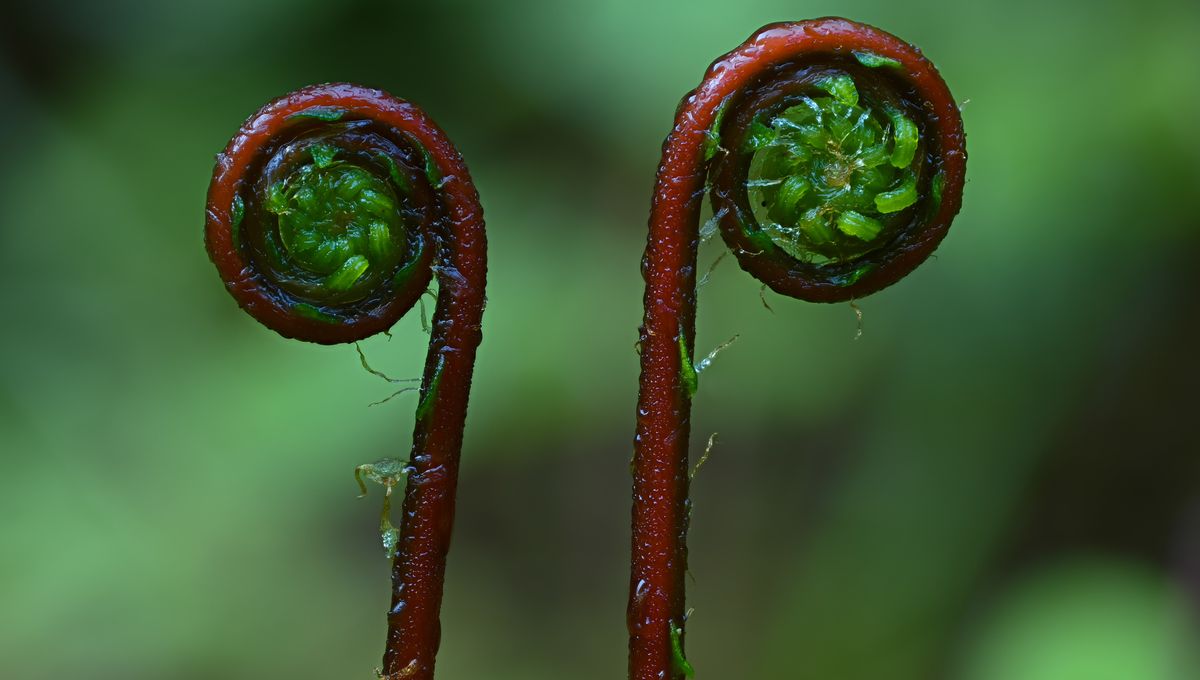
We tend to think of evolution as a one-way process: simpler beings gradually advancing to become more sophisticated lifeforms with no room for a backward step. However, as new research has demonstrated, this isn’t necessarily the case.
“Evolution has no finish line. There is no end goal, no final state,” writes Jacob Suissa, Assistant Professor of Plant Evolutionary Biology at the University of Tennessee, for a piece in The Conversation. “Organisms evolve by natural selection acting at a specific geologic moment, or simply by drift without strong selection in any direction.”
Suissa, along with Makaleh Smith from The New School, sought to investigate this evolutionary assumption in plants, publishing their findings in a recent study. The pair found that ferns often defy our linear model of evolution – which has come to be defined by Dollo’s Law – sometimes evolving “backward” from more specialized to undifferentiated forms.
Ferns display varied reproductive strategies: some are dimorphic, meaning they produce separate leaves for photosynthesis and reproduction, while the majority are monomorphic and use one leaf for both photosynthesis and spore dispersal.
If evolution happened in just one direction, as seems to be true for most of the plant kingdom, you would expect that once a fern evolved highly specialized dimorphism, it could not revert to the much simpler monomorphism. Yet, this is not what Suissa and Smith found.
They looked specifically at 118 species including those belonging to the fern family Blechnaceae, using natural history collections and algorithms for estimating evolution in ferns. Within Blechnaceae, they discovered, the evolution of dimorphism “is neither stepwise nor irreversible”. In fact, they identified several instances when plants had evolved dimorphism and then, subsequently, regressed to monomorphism.
“Why might ferns have such flexible reproductive strategies?” Suissa muses. “The answer lies in what they lack: seeds, flowers and fruits.”
“Because living ferns don’t have seeds, they can modify where on their leaves they place their spore-producing structures.” This allows them much more flexibility, meaning they keep the door open to revert to more general, monomorphic forms, even after specialization. Essentially, it’s backward evolution.
And ferns aren’t the only species at it. The Liolaemus lizard, for example, has seemingly re-evolved to lay eggs having previously adapted to birth live young.
“Ultimately, our study underscores a fundamental lesson in evolutionary biology: There is no ‘correct’ direction in evolution, no march toward an end goal. Evolutionary pathways are more like tangled webs, with some branches diverging, others converging, and some even looping back on themselves,” Suissa concludes.
The study is published in Evolution: International Journal of Organic Evolution.
Source Link: These Ferns Can “Evolve Backward”, Challenging Our Assumptions About Plant Evolution